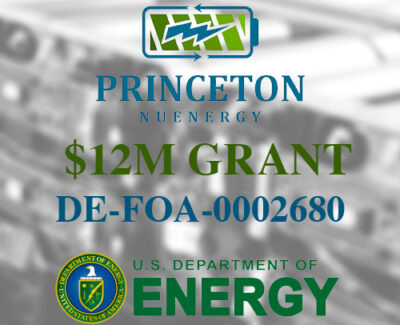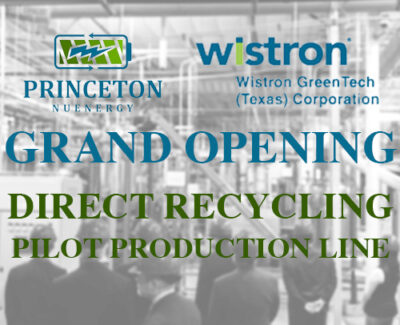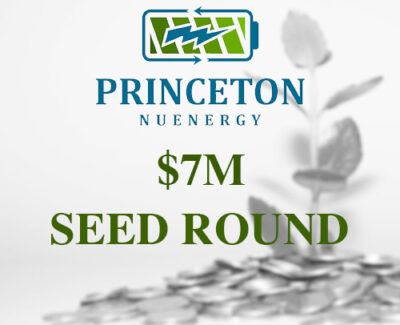The kinetic effects of non-equilibrium excitation by direct electron impact on low-temperature oxidation of CH4 were investigated by experiment and simulation. We focused on the vibrational-electronic-chemistry coupling of methane and oxygen molecules under conditions of immediate reduced electric field strengths of 30–100 Td in an RF dielectric barrier discharge. A detailed plasma chemistry mechanism governing the oxidation processes in an He/CH4/O2 combustible mixture was proposed and studied by including a set of electron impact reactions, dissociative recombination reactions, reactions involving vibrationally- and electronically- excited species, and important three-body recombination reactions. A linear increase in reactant consumption with an increase in plasma power was observed experimentally. This suggested the presence of decoupling between the molecular excitation by plasma and the low-temperature chemistry. However, CO formation showed a non-linear trend, with its formation increasing with lower energy inputs and decreasing at higher energy inputs. By modelling the chemical kinetic sensitivity and reaction pathways, we found that the formation of radicals via the chain propagation reactions CH4 + O(1D) → CH3 + OH, and O2(a1Δg) + H → O + OH was mainly accelerated by the electronically excited species O(1D) and O2(a1Δg). The numerical simulation also revealed that under conditions of incomplete relaxation, the vibrational species CH4(v) and O2(v) enhanced chain propagating reactions, such as CH4(v) + O → CH3 + OH, CH4(v) + OH → CH3 + H2O, O2(v) + H → O + OH, thus stimulating the production of active radicals and final products. Specifically, for an E/N value of 68.2 Td in a stoichiometric mixture (0.05 CH4/0.1 O2/0.85 He), O(1D), CH4(v13), and O2(v) were estimated to contribute to 12.7%, 3.6%, and 3.8% of the production of OH radicals respectively. The reaction channel CH4(v13) + OH → H2O + CH3 was estimated to be responsible for 1.6% of the H2O formation. These results highlight the strong roles of vibrational states in a complex plasma chemistry system and provide new insights into the roles of excited species in the low-temperature oxidation kinetics of methane.




